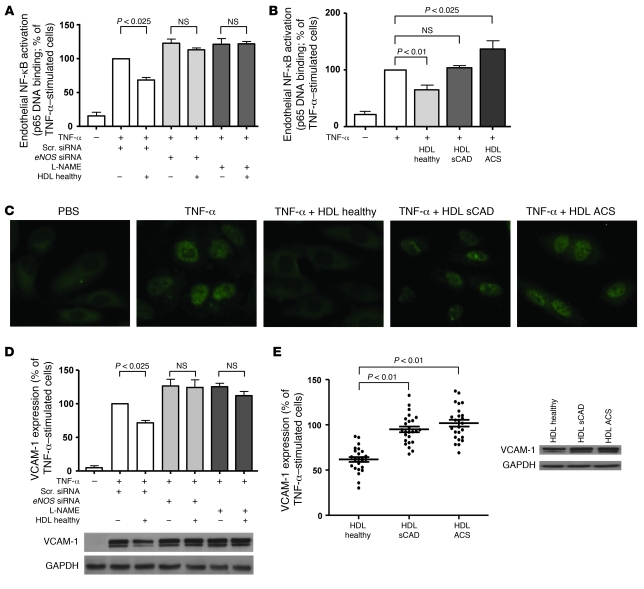Figure 3. Critical role of eNOS in the effects of HDL on TNF-α–stimulated endothelial NF-κB activation and VCAM-1 expression.
(A) Inhibition of eNOS-mediated endothelial NO production by siRNA knockdown of eNOS or treatment with L-NAME (1 mM) prevented the effects of HDL (50 μg/ml) from healthy subjects on endothelial NF-κB activation (as examined by TNF-α–stimulated DNA binding of NF-κB subunit p65; n = 8–10 per group). Scr., scrambled. (B) In contrast to HDL from healthy subjects, HDL from patients with sCAD and ACS failed to inhibit TNF-α–stimulated endothelial NF-κB activation (n = 10–12 per group). (C) Representative images (original magnification, ×20) showing that HDL from a healthy subject, but not from patients with sCAD or ACS, inhibited endothelial nuclear translocation of NF-κB subunit p65, as detected by fluorescence microscopy of TNF-α–stimulated HAECs. (D) Inhibition of eNOS-mediated NO production by siRNA knockdown of eNOS or treatment with L-NAME prevented the effects of HDL from healthy subjects on TNF-α–stimulated VCAM-1 expression in HAECs, as detected by Western blot analysis (n = 8–10 per group). (E) Effect of HDL from healthy subjects and patients with sCAD or ACS on TNF-α–stimulated VCAM-1 expression in HAECs (n = 25 per group; data points for all study participants are shown).

